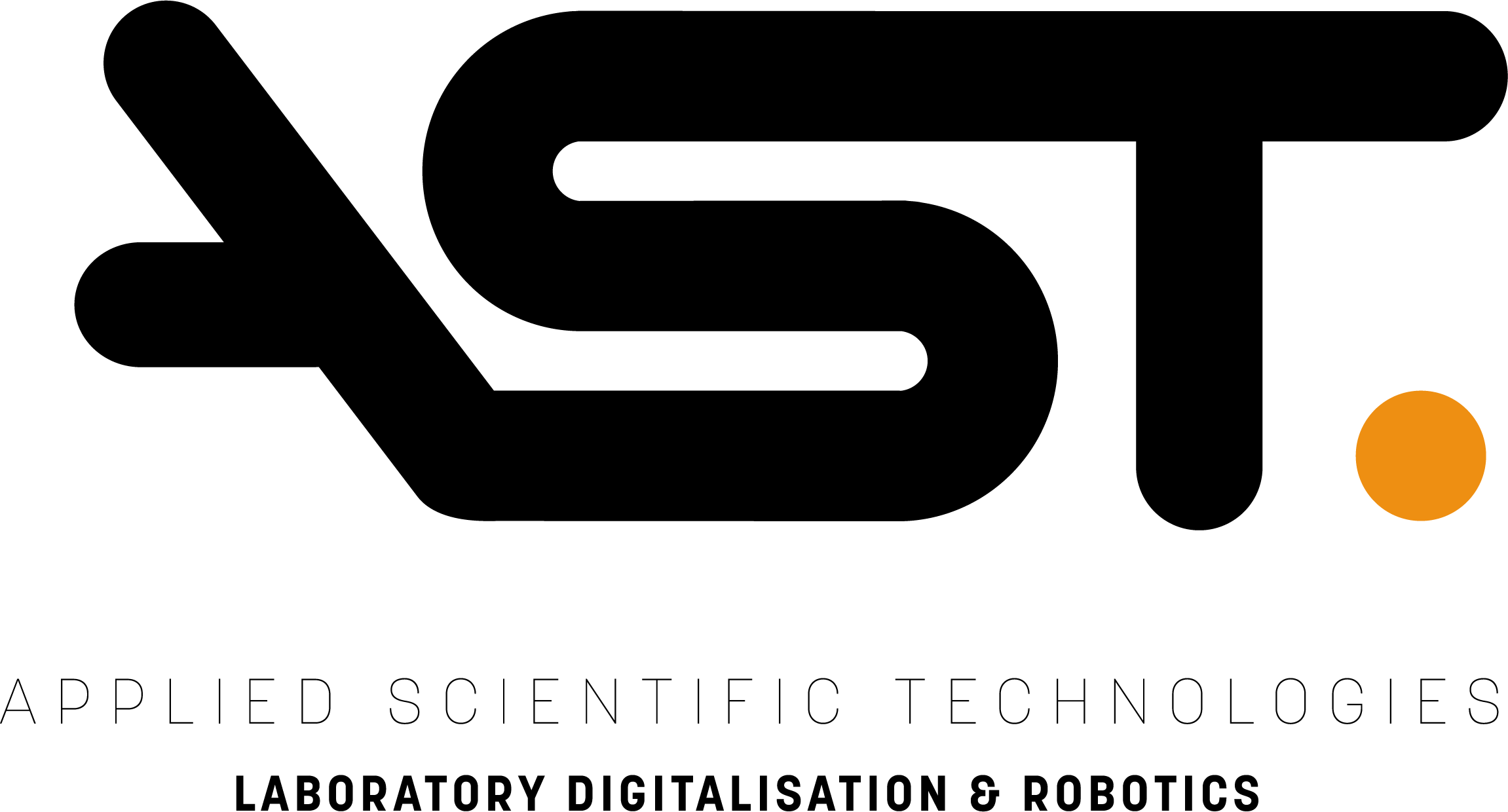Safety Systems
Adopting Recognised HSE Standards
Within the UK process industry sector, BS IEC 61511 and its parent standard IEC 61508 are recognised by the Health and Safety Executive (HSE) as relevant good practice for the design and implementation of functional safety of safety instrumented systems (SIS).
It is HSE’s view that if the requirements of IEC 61511 are met, it can then be demonstrated that the risks under the control of safety instrumented systems have been reduced to a level that is as low as reasonably practicable (ALARP) and that sufficient will have been done to comply with UK law so far as safety instrumented systems are concerned.
“ ...the techniques and measures we use assure our clients the SIS is fit for purpose and will achieve the target SIL.”
The Safety Integrity Level (SIL) is a measure of the integrity and robustness and the ability of the SIS to withstand systematic failures and is based on the severity and frequency of previously identified hazardous events specific to the plant – usually during a hazard and operability study (HAZOP) – that we will design the SIS to protect.
Through the Applied Scientific Technologies’ functional safety management (FSM) system we apply the techniques and measures defined in BS IEC 61511/61508 to provide assurance to our clients that the SIS is fit for purpose and will achieve the target SIL.
Covering the Full Life Cycle - from Concept to Decommissioning
The FSM includes verification (which is the examination of the SIS sub-system components and functions for purpose and adequacy) and will determine what measures of protection and intervention they perform to minimise the risks of an incident.
The FSM will also establish what, if any, remedial works or design improvements are required to the SIS to achieve the required SIL and also to meet the customer-defined safety trip-proof test frequency.
The Applied Scientific Technologies BS IEC 61511/61508 FSM system covers the design phase of the safety lifecycle and the overall functional safety of the processes.
This is not simply concerned with the aspects of design but requires that all relevant safety lifecycle stages – including the initial concept, design, implementation, operation and maintenance through to SIS decommissioning – are addressed and appropriately recorded.


